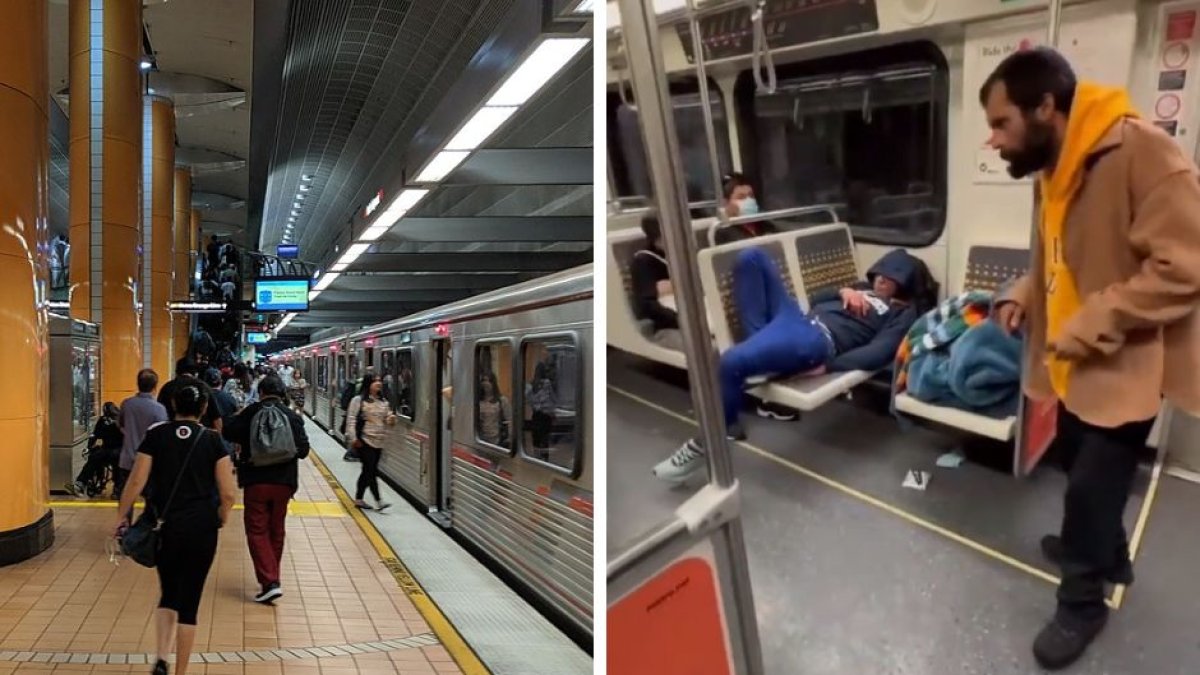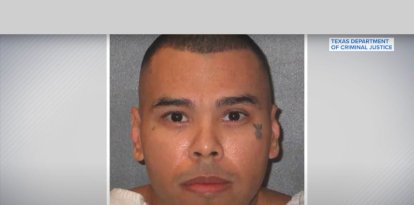Fentanyl, overdoses and violence take over Los Angeles public transportation network
In 2022, Los Angles Metro workers suffered an average of 14 assaults per month. A former police chief blames "terrible leftist policies."

( Creative Commons / Yonghokim / Twitter )
Los Angeles County has a serious problem with its public transportation. Reports from the Los Angeles Times have once again put the spotlight on the area's subway and bus networks. In 2021, crime and drug use in the county's public transportation infrastructure skyrocketed. Other local reports are already calling the subway a "rolling homeless shelter."
Rachel Uranga's report describes the terrible situation of chaos in the Los Angeles Metro. Fentanyl is at the center of this situation. The synthetic drugs that have plagued the United States leave public transportation invaded by "zombies" and unsafety. Drivers say they no longer see businessmen on their way to work or tourists going to Universal. "It’s just people who have no other choice [than] to ride the system, homeless people and drug users," an anonymous subway worker assures the Los Angeles Times.
Safety data managed by the Los Angeles County Metropolitan Transportation Authority shows a sharp rise in criminal occurrences beginning in 2021. The latest report, dated February 2023, distinguishes between Part 1, the most serious incidents, and Part 2, for more minor events. Both groupings increased, by 24% and 14%, respectively, in 2022 compared to 2021. The line with by far the most crime incidents is the red line that connects Los Angeles from North Hollywood to Union Station, passing through the iconic Hollywood Boulevard and Universal Studios.
According to the same data, L.A. Metro workers suffered an average of 14 assaults per month in 2022, practically one every other day. The Metropolitan Transportation Authority report directly links the assaults to drug use at network facilities. Deaths also increased from 2021 onwards. This year, 25 deaths were recorded on the public transit network's infrastructure. Sixteen of these deaths were alcohol- or drug-related. Eight were resulted from violent assaults. In 2022, deaths on the public transportation network dropped to 21, but ten of them were still drug-related.
The Los Angeles Times report caused many reactions on social media, mostly from citizens of Los Angeles alarmed to see that their public transportation network has become a horror train. The former head of Los Angeles Metro Police and Los Angeles Sheriff's Department Division Chief Patrick Jordan said on Twitter that "this is caused by terrible leftist policies and poor leadership. Equity in transit is about safety & efficiency nothing else!"
Things do not bode well for the Los Angeles public transit network in 2023. So far this year, 21 people have died in public transport facilities. That's almost as many as died in all of 2022. Most of the deaths were related to fentanyl use. Passengers are becoming less and less reliant on the transportation network. So far, only 62% of the total number of passengers from pre-pandemic time have returned to the Metro, and 71% in the case of the bus network.
Several members of the Los Angeles Metro board of directors publicly accepted that the transportation network is a state of emergency. Authorities launched an anti-drug campaign in the metro network and are expected to deploy additional police resources. A new staff of 300 Metro "ambassadors" is also arriving. These employees are in charge of assisting passengers with formalities and questions but are also expected to monitor possible incidents on the network.
The ambassadors will only be armed with an iPad and a phone. The idea is for them to alert security forces in case they observe inappropriate behavior on the Metro network. The intention is to address the problem of drugs and crime in the facility using a non-violent approach. The concept is inspired by that of San Francisco's public transportation network. The test phase of this plan will last five years and will cost the government a total of $123 million.

























